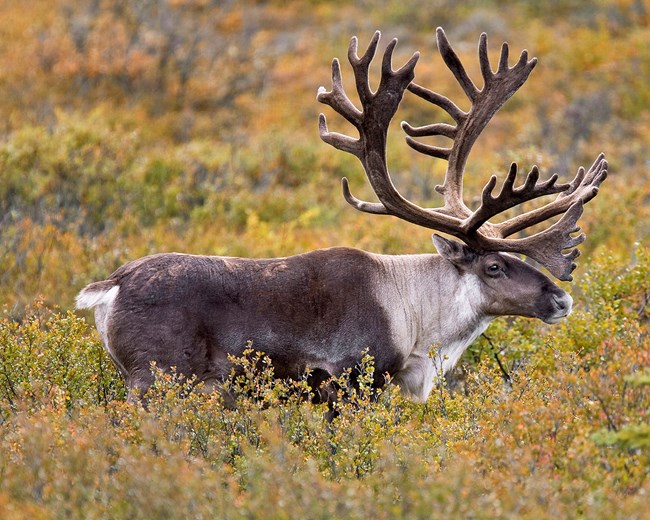In Abundance

You can find millions of horseshoe crabs in Delaware Bay in the month of May. You might have guessed why the name horseshoe crabs. These shoe-shaped crabs return to the coast in the breeding season. So, while you are there taking a sweet walk near the coast, beware of them as they are scattered all over the place to lay eggs.
Tapirs
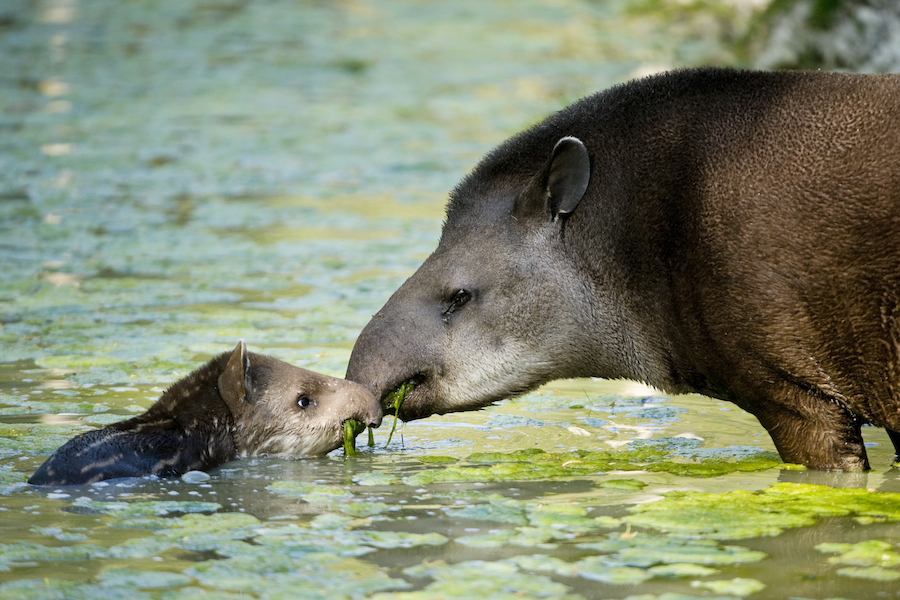
Tapirs also look similar to pigs except for one distinctive feature, it has a short, elephant-like proboscis that they use exactly like the elephants while eating their food. Tapirs spent most of their time in lakes or ponds. Though they might look porcine, they’re in fact closely related to horses and rhinoceroses. In fact, they are a holder of the longest fossil record, as late as 23 million years ago. Did you know they first evolved into something else?
The Evolution Of Tapirs
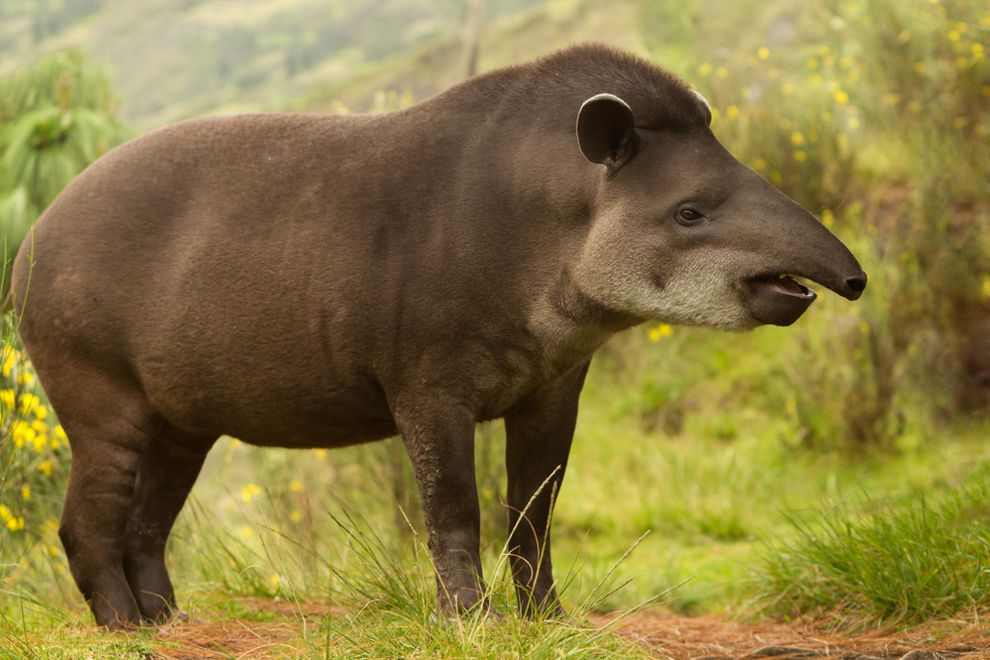
Tapirs first evolved into the Miocene epoch some 23 million years ago and after that, they evolved into several other species. Today, there are only five remaining tapir species left that are majorly found across Asia, Central and South America. So, where can you see them? Corcovado National Park located in Costa Rica is the best place where you can find them playing.
Tuatara

Sure, they might look similar to the usual iguanas, but that’s not true. Don’t fall for their appearance, because they were there when dinosaurs lived some 225 million years ago. Dinosaurs left the planet but tuatara lived and are still alive. On their body, you can actually see some ancient clues about the history of the world. Did you know they have three eyes? Amazed, right?
Three Eyed Tuatara
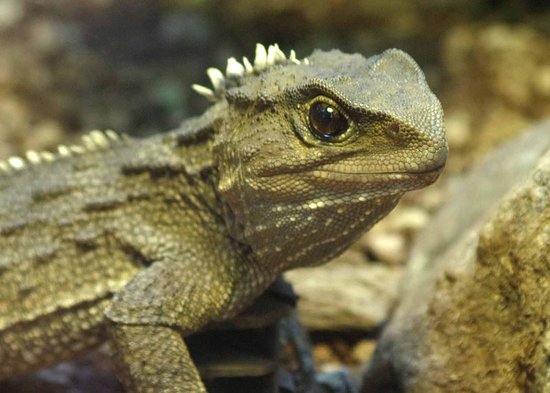
Yes, you read it right. Tuatara has a primitive third eye which can be found on the top of their head. Though it’s hard to locate because it stays hidden under the grown scales in adults. According to the scientist, the eyes work as an archaic light sensor which helps in their daily and seasonal body functions. In addition, they can also hear sounds, even though they aren’t born with a pair of ears. They are found in the National Aquarium of New Zealand in Napier or Zealandia in Wellington.
Chinese Giant Salamander
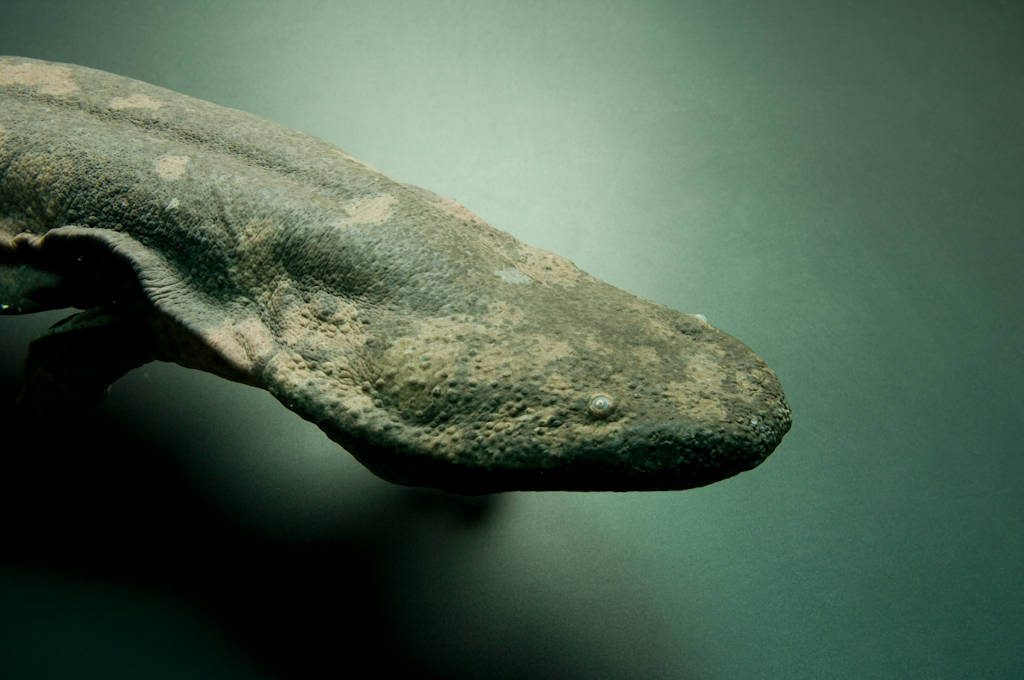
The Chinese Giant Salamander is believed to some 170 million years old. It is also the largest known amphibian in the world. It grows larger than humans and can weigh up to 110 pounds and six feet in length. So, where can you find this ancient creature? Luckily, there is one place in this world where you can spot the Chinese Giant Salamander.
